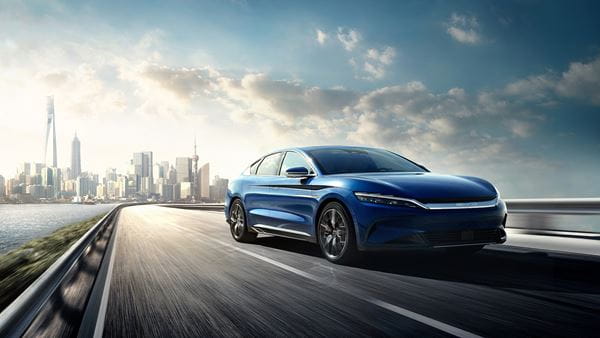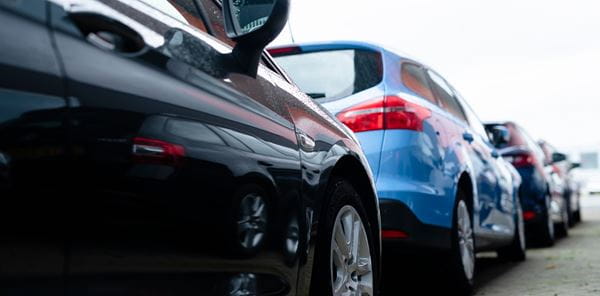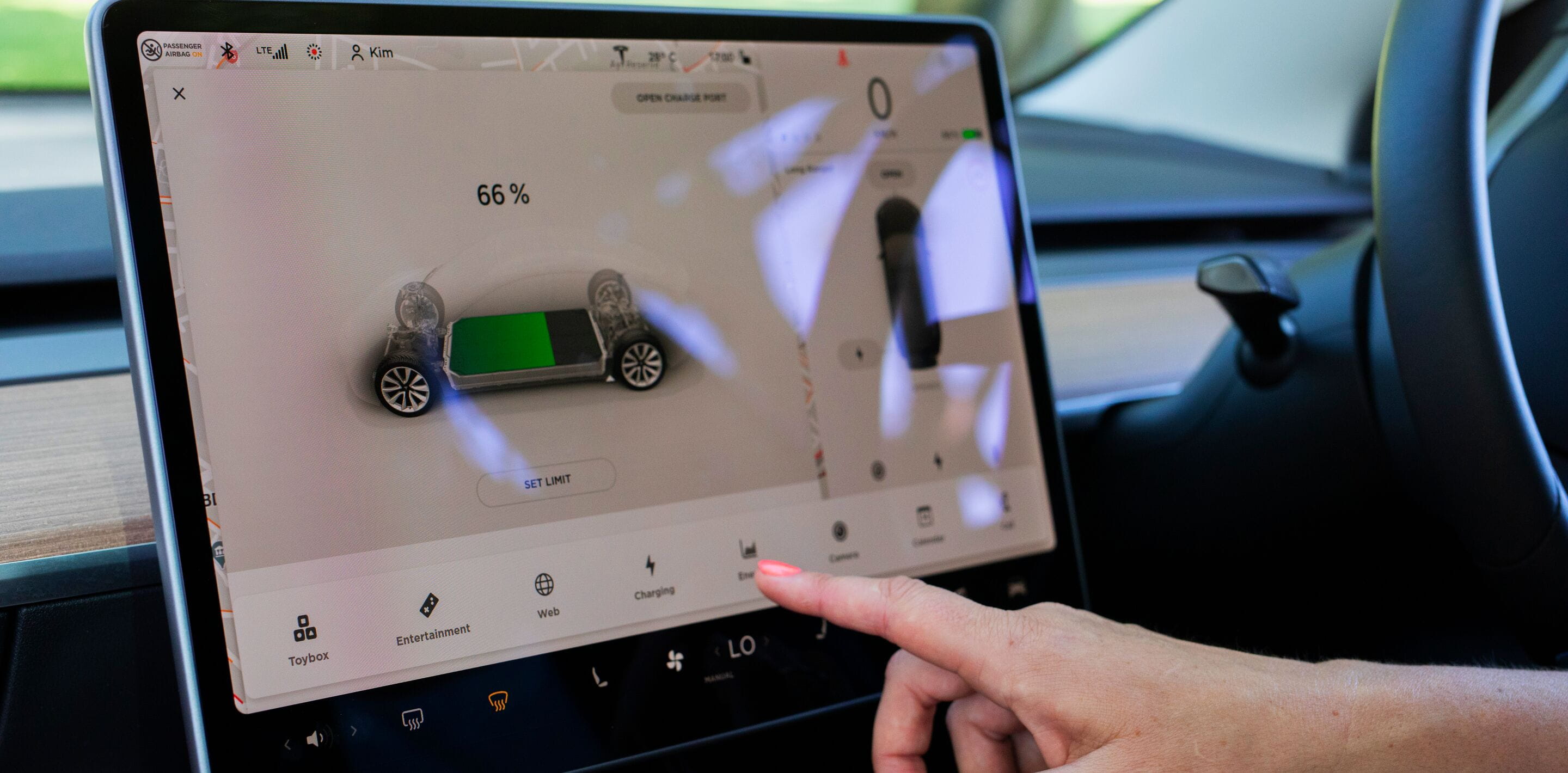
EV battery: everything you need to know about kW, kWh, charging time and types of charging plugs.
If you are thinking about switching your fossil fuel car to an EV, it is a good idea to understand the terminology – especially when it comes to the EV’s battery. Car manufacturers, dealers and salespeople use the terms a lot – kW, kWh, charging times and chargers, but what do they actually mean?
It’s a new world of different terms and conditions that you have to relate to when the talk goes on about EVs and their batteries. We have gathered the most important questions and answered them for you.
Battery
What batteries are the EVs using? The batteries used in EVs are large modern lithium-on batteries.Is there only one battery in an EV? No, EVs have two batteries. The car has a 12-volt battery to power the traditional electrical items that are also known in other cars. This 12-volt battery gets its power from the AC-DC-converter. In addition, there is a high-volt battery that drives the car, and that often has a voltage between 350-800 volt.kW and kWh
What is kW? Kilowatt – abbreviated kW – is 1,000 watts.What is a kWh? kWh is an abbreviation for kilowatt-hour and is the amount of power that is used pr. hour. How do you calculate a kWh? You can calculate the amount of kWh by using the formula: Watt / 1,000 x hours = kWh An example: A washing machine has an effect of 1,500 watts and will run for 2,5 hours. The calculation is then: 1,500 /1,000 x 2,5 = 3,75 kWh. NOTE: On some instruments the effect will be written as kW instead of W. In that case, you have to omit to divide with 1,000.How many kilometers can I drive on 1 kWh?
All EVs have a watt-usage stated, just like a fossil fuel car state how long it drives on one liter of fuel. If a fossil fuel car is stated to drive 15 km/l, an EV states how many kilometers it drives pr. kWh.
An EV drives on average 5 kilometers pr. kWh.
A concrete example: If an EV has a battery size of 70 kWh, it has an expected range of 350 km (70 x 5).
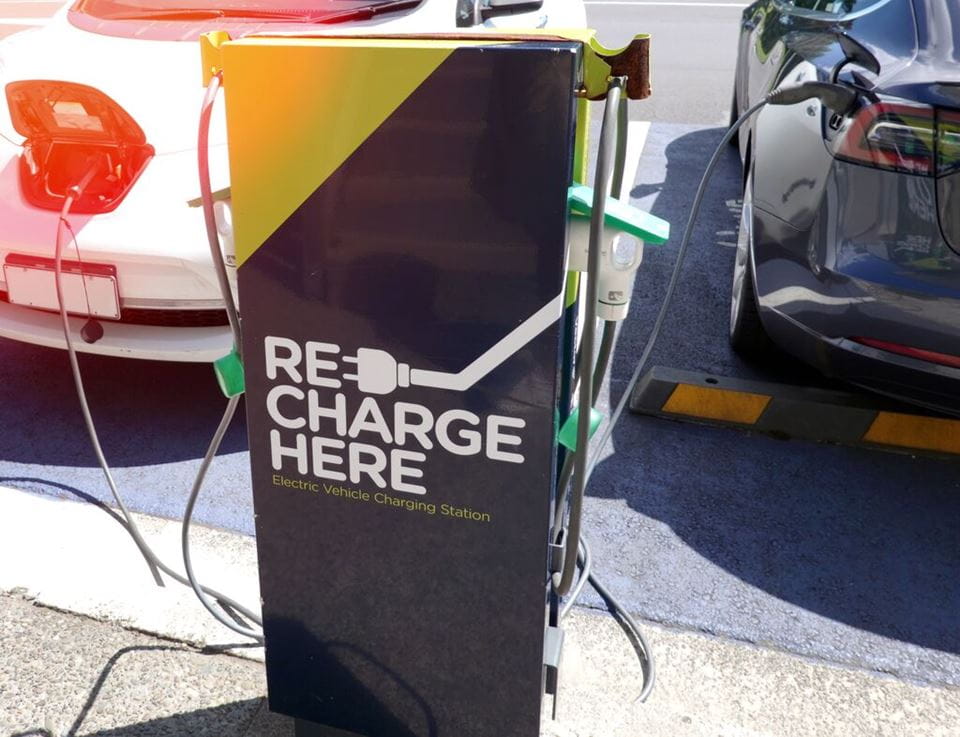
What battery capacity should I look for?
An EVs battery is measured in kWh (kilowatt-hour). If you have a large driving need, as a rule of thumb, you then have to look for an EV with a large battery capacity. In other words, you have to look for a battery with a high kWh, as this will get the car further. Most EVs today have on average a battery size of 50-100 kWh.
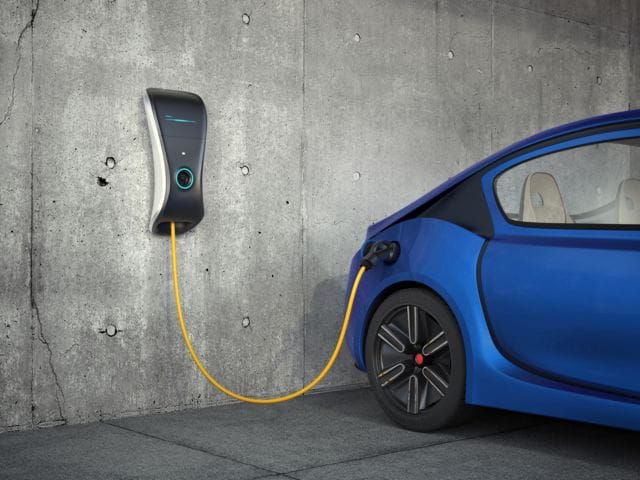
What type of chargers are there?
You can charge your EV in the infrastructure through a smaller charger (11-22 kW), a fast charger (40–100 kW) (often found at petrol stations, lay ups, and shopping malls), or through a super charger (100 + kW), that are often found by the highways.
How long is the charging time?
It will be different from model to model, how long it takes to charge a battery. Charging time is not only dependent on how much power a charger can provide, but also dependent on how much power the car can receive, which is model specific. The new normal for home charging is 11 kW and charging in the infrastructure is plus 100 kW.
In order to find out how fast you can charge the car’s battery (theoretically and under optimal circumstances), you take the car’s battery size in kWh and divide it with the number of kW the charger can charge with.
A formula can then be set up:
Battery capacity (kWh) / charging effect (kW) = charging time
It is however important to look at where you charge your EV. If you are charging your EV in a home charger or in the infrastructure, it has an effect on the charging time.
Home charging With home charging, it is the car’s converter that sets the limit for how long charging takes, because the power must be converted from A/C current to D/C current. This prolongs the car’s charging time.
If the battery is 70 kWh and you charge in a home charger with an effect of 11 kW, it will take 6,3 hours to charge the battery (70/11 = 6,3).
Infrastructure If you charge the car with a fast charger, the car won’t need a converter. Here the battery can take up the power directly from the charger, as the power is already D/C current, and it will therefore take less time to charge the car’s battery.
Here you can expect to charge your car’s battery with ca. 200 kilometers in 20 minutes.
A rule of thumb: The higher the kW, the faster it will charge your car. It is the car itself that sets the limit as to how many kW it can take up from a home charger, and how many kW it can take up from a fast charger.
Chargers with low kW are slower, and it may therefore take all night to charge an average sized battery, while fast/super chargers can charge the battery from 0-80% in 30-60 minutes.
See Electric Vehicle Database for more information.
What charging plugs should I know about?
Type 2-plug: EU-standard plug that is found in every modern EV and is the one you use on your charger at home and in the infrastructure.
CCS-plug: CCS is a fast/super charging plug and is also EU-standard for EVs. CCS stands for Combined Charging System, and is often referred to as a Combo 2-plug.
CHAdeMO-plug: a fast/super charger plug but is being phased out.
Source: FDM
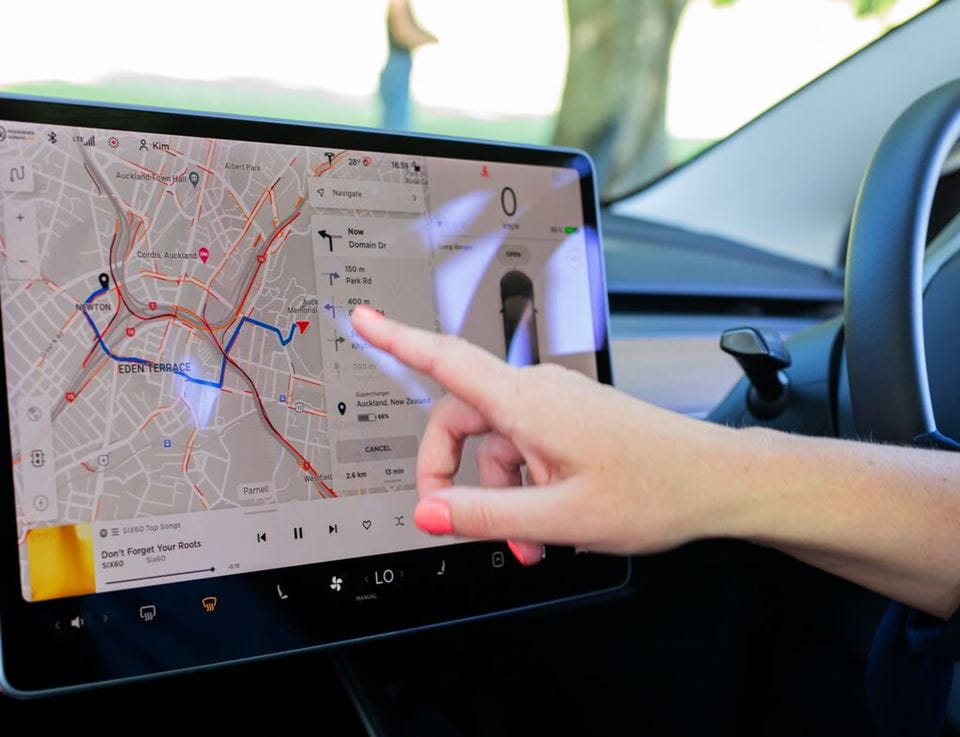
What does WLTP-range mean?
An EV’s range is measured by an EU-standard called WLTP, and stands for Worldwide Harmonised Light Vehicle Test Procedure, and is an expression for how long an EV can drive on a fully charged battery. Expect a deviation with the use of this method when used daily.

